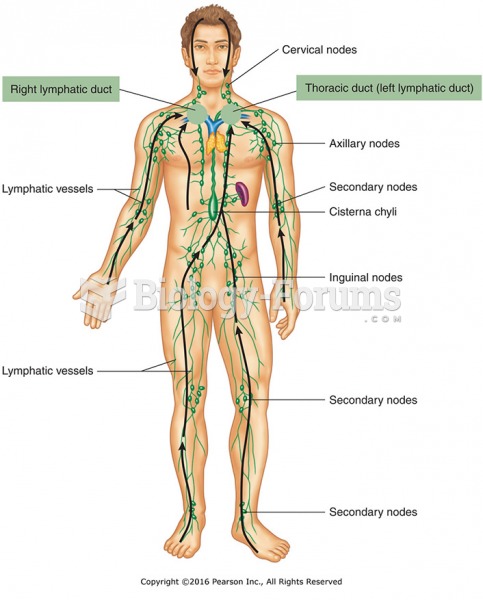This topic contains a solution. Click here to go to the answer
|
|
|
Did you know?
In most cases, kidneys can recover from almost complete loss of function, such as in acute kidney (renal) failure.
Did you know?
Green tea is able to stop the scent of garlic or onion from causing bad breath.
Did you know?
There are more bacteria in your mouth than there are people in the world.
Did you know?
The term pharmacology is derived from the Greek words pharmakon("claim, medicine, poison, or remedy") and logos ("study").
Did you know?
Human kidneys will clean about 1 million gallons of blood in an average lifetime.







